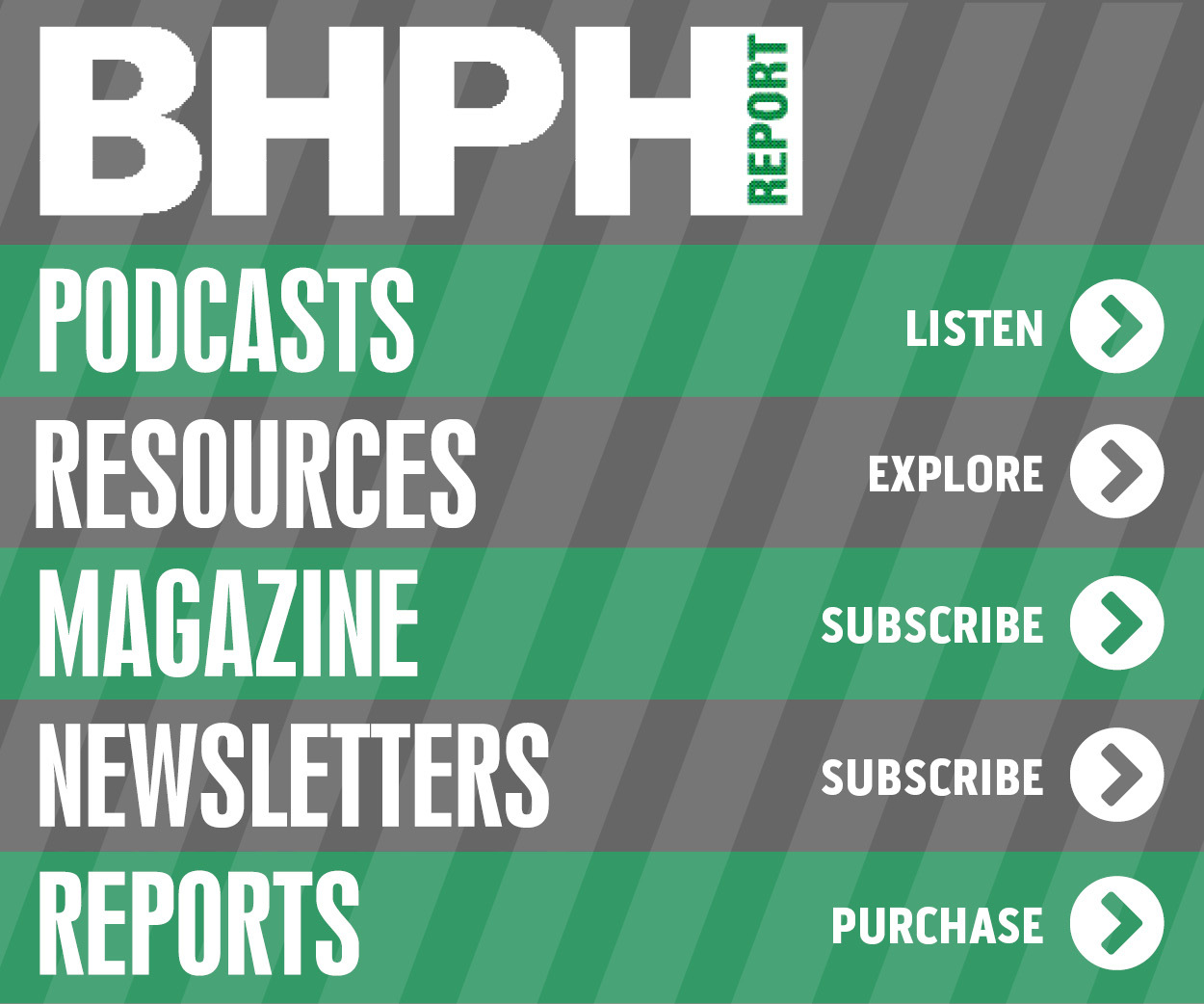Surviving the squeeze: How dealerships can thrive amid rising prices

Over the past three years, soaring prices have hit American consumers hard. The cost of food, fuel, and shelter have all risen dramatically, along with the goods and services we purchase every day.
The car market certainly hasn’t escaped these inflationary pressures.
According to Kelly Blue Book, the average new car cost $48,510 in April. That’s up 2.2% over March and a whopping 21% increase over April 2021. Used vehicles haven’t fared much better, with prices up nearly 17% over the same period.
While inflation has slowed a bit year-over-year, it remains stubbornly high. People still need cars, of course. But with less money left over at the end of each month, many buyers face tough choices when they begin their car shopping journey. Amidst these conditions, the challenge for dealerships is clear: how to meet customer needs in this rapidly changing market.
Buyers are feeling the pinch
At Oak Motors, we’ve watched these challenging economic conditions impact our customer base. Most buyers choose our dealership because they need transportation and have existing credit problems or poor borrowing histories. Because of this, they’ll usually buy the best vehicle they can afford. That hasn’t changed.
However, over the past year, we’ve seen a growing number of our new customers come to us with more credit challenges, particularly multiple repossessions. This trend indicates that some groups are more acutely feeling the current economic climate.
Inflation is also driving many of our new customers to seek out lower-cost used cars, which have all but disappeared from the market in recent years. Finding affordable and dependable cars is more difficult than ever for consumers who don’t have a lot of extra money to spend on transportation.
We’re also seeing many current customers delay regular vehicle maintenance because higher costs are eating into their discretionary spending. This group is focused on surviving the current moment and not thinking about the long-term issues that ignored maintenance can bring.
New challenges for dealers
Car buyers aren’t suffering alone. These unique market pressures also make it difficult for auto dealers to meet the needs of their customers. High prices for new and used cars mean most consumers are paying more and receiving less, which negatively impacts satisfaction. Dealers are also struggling to cater to buyers who are shopping in the middle and bottom of available inventory. As affordability has become increasingly important for car buyers, competition for these vehicles has increased, dramatically driving up prices.
In the pursuit of more revenue, dealerships also sell more of their trade-in inventory themselves rather than turning it over to the wholesale market. This process creates additional pressure in the middle and bottom of the car market as the growing demand for affordable cars reduces supply and increases costs for everyone.
Three possible solutions for dealerships
So, how can dealerships adapt to an economic environment where many customers feel pinched by rising prices? Here are a few ideas we’re implementing at Oak Motors:
- Provide added value wherever possible
One strategy for serving price-conscious customers is to provide added value throughout the buying process. For example, we’ve lowered our service prices to make it easier for our customers to get the regular maintenance their cars need to continue running reliably. That may not be feasible for everyone, but there are moments in every transaction where dealers can provide something extra for their customers. Whether it’s a loaner car, a ride home from the shop, or free tire rotations for life, seek out opportunities to give your customers a little extra.
- Be willing to reexamine your priorities
Many new car dealerships are concerned about their image in the marketplace. As a result, they will often be very selective about the types of used cars they’re willing to sell. However, if a large segment of consumers are searching for reliable used cars, it may be in your best interest to make some concessions about the types of vehicles you sell. Dealers can potentially capture a larger market share and drive additional revenue by offering a wider range of models and brands at different price and quality levels. Buyers who need a car will find them somewhere. Why shouldn’t it be with you?
- Find solutions for your customers’ needs
Staying attuned to your customers’ needs can create new business opportunities. For example, we have a group of customers looking for low-mileage, affordable vehicles. Typically, we include a comprehensive service package with every vehicle purchase. However, we’ve lowered the vehicle price to accommodate these customers in exchange for fewer baked-in benefits.
By changing our standard operating procedures, we can target a new group of customers we couldn’t reach before. How can you find these opportunities in your own business? Are you able to offer alternatives that reach new market segments? Is your team capable of executing these alternatives? Exploring these opportunities in response to customer needs is an excellent way to stay agile during challenging economic times.
Adapt to thrive in new conditions
It’s unclear when or if economic conditions will return to something close to normal. The latest news from the Federal Reserve shows inflation continuing to recede, albeit very slowly. For at least the near term, car buyers will visit dealerships under more economic pressure than at any time in the past five years.
Adapting to the current economic climate is essential for car dealerships aiming to thrive. By providing added value, reassessing priorities, and finding innovative solutions to meet customer needs, dealerships can navigate these challenging times and even emerge stronger when the economic outlook brightens for the average consumer. At Oak Motors, these strategies have helped us stay agile and responsive. What steps will you take to adapt and succeed?
Tiger Okeley is the owner of Oak Motors, a family-operated buy-here, pay-here dealership that has been empowering people in central Indiana for more than 35 years.


